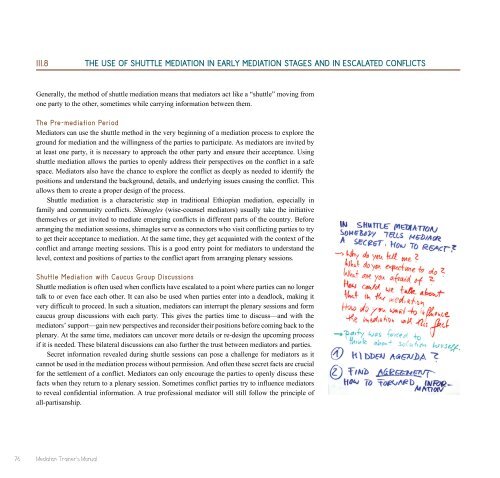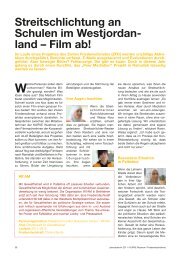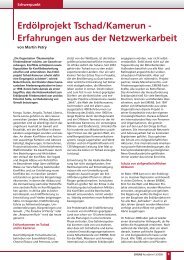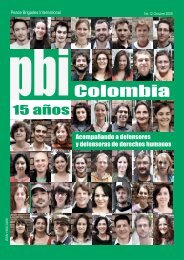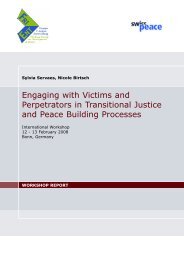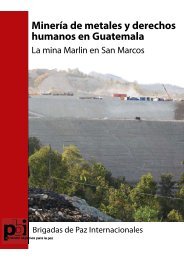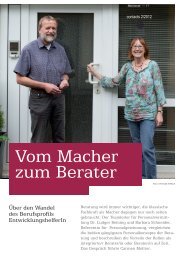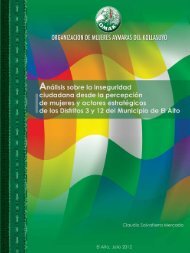Merging Ethiopian Wise-Counsel Mediation and Facilitative ...
Merging Ethiopian Wise-Counsel Mediation and Facilitative ...
Merging Ethiopian Wise-Counsel Mediation and Facilitative ...
- No tags were found...
You also want an ePaper? Increase the reach of your titles
YUMPU automatically turns print PDFs into web optimized ePapers that Google loves.
III.8The use of Shuttle <strong>Mediation</strong> in Early <strong>Mediation</strong> Stages <strong>and</strong> in Escalated ConflictsGenerally, the method of shuttle mediation means that mediators act like a “shuttle” moving fromone party to the other, sometimes while carrying information between them.The Pre-mediation PeriodMediators can use the shuttle method in the very beginning of a mediation process to explore theground for mediation <strong>and</strong> the willingness of the parties to participate. As mediators are invited byat least one party, it is necessary to approach the other party <strong>and</strong> ensure their acceptance. Usingshuttle mediation allows the parties to openly address their perspectives on the conflict in a safespace. Mediators also have the chance to explore the conflict as deeply as needed to identify thepositions <strong>and</strong> underst<strong>and</strong> the background, details, <strong>and</strong> underlying issues causing the conflict. Thisallows them to create a proper design of the process.Shuttle mediation is a characteristic step in traditional <strong>Ethiopian</strong> mediation, especially infamily <strong>and</strong> community conflicts. Shimagles (wise-counsel mediators) usually take the initiativethemselves or get invited to mediate emerging conflicts in different parts of the country. Beforearranging the mediation sessions, shimagles serve as connectors who visit conflicting parties to tryto get their acceptance to mediation. At the same time, they get acquainted with the context of theconflict <strong>and</strong> arrange meeting sessions. This is a good entry point for mediators to underst<strong>and</strong> thelevel, context <strong>and</strong> positions of parties to the conflict apart from arranging plenary sessions.Shuttle <strong>Mediation</strong> with Caucus Group DiscussionsShuttle mediation is often used when conflicts have escalated to a point where parties can no longertalk to or even face each other. It can also be used when parties enter into a deadlock, making itvery difficult to proceed. In such a situation, mediators can interrupt the plenary sessions <strong>and</strong> formcaucus group discussions with each party. This gives the parties time to discuss—<strong>and</strong> with themediators’ support—gain new perspectives <strong>and</strong> reconsider their positions before coming back to theplenary. At the same time, mediators can uncover more details or re-design the upcoming processif it is needed. These bilateral discussions can also further the trust between mediators <strong>and</strong> parties.Secret information revealed during shuttle sessions can pose a challenge for mediators as itcannot be used in the mediation process without permission. And often these secret facts are crucialfor the settlement of a conflict. Mediators can only encourage the parties to openly discuss thesefacts when they return to a plenary session. Sometimes conflict parties try to influence mediatorsto reveal confidential information. A true professional mediator will still follow the principle ofall-partisanship.76 <strong>Mediation</strong> Trainer’s Manual


